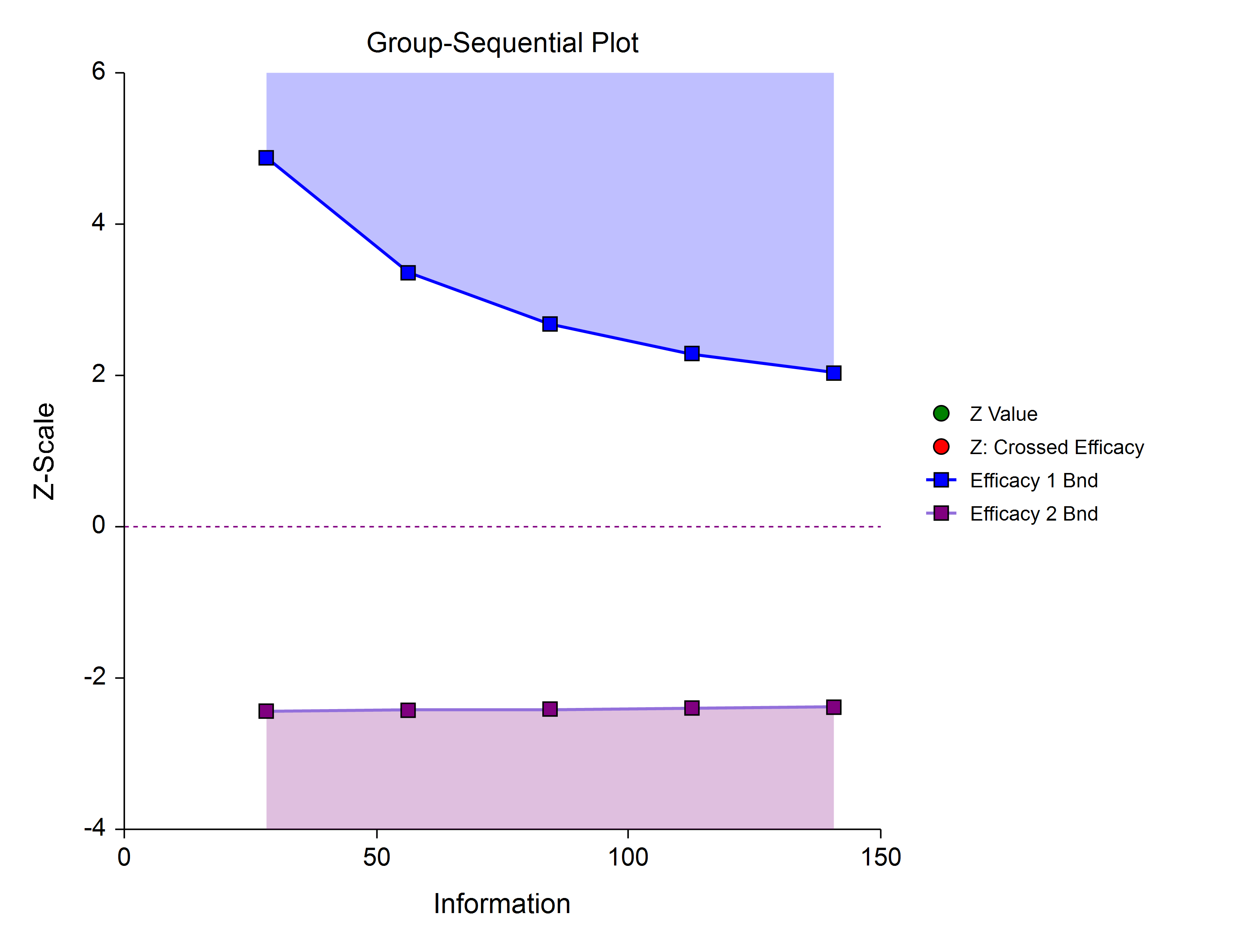

#TWO STAGE SEQUENTIAL TESTING SERIES#
That, I suppose, is why I used two-stage testing to develop the placement tests for two ESL textbook series (Cornelius and Brown, 1981 Sheeler and Brown, 1980a), but not for the progress/ achievement tests (Cornelius and Brown, 1982 Sheeler and Brown, 1980b) associated with those same series.

Two-stage testing is probably more applicable for norm-referenced purposes like general proficiency testing (for say admissions decisions) or placement testing than it is for criterion-referenced classroom purposes like diagnostic, progress, and achievement testing. Does two-stage testing have any practical applications for language teachers? Their final score is typically based on standardized scores that are equated across the three measurement tests. I used it shortly thereafter (in conjunction with item response theory) to develop two different sets of placement tests for textbook series (Cornelius & Brown, 1981 Sheeler & Brown, 1980a).Įssentially, the label two-stage testing can be applied to any examination in which the students begin by taking a short routing test (using 5-10 items with a wide range of difficulty levels), the scores on which are used to decide which of the longer measurement tests (say three alternatives at relatively low, middle, and high difficulty levels) they should take (see Figure 1). Personally, Earl Rand at UCLA first introduced me to two-stage testing in 1977. The first references I find in the literature are Cleary, Linn, and Rock (1968a & b) and Lord (1971). I've spent considerable time looking for an answer to your first question, but in the end, I have to admit that I still do not know who first developed two-stage testing. Who first developed the concept of two-stage testing? I'll use the questions themselves as headings to help organize the discussion.

Who first developed the concept of two-stage testing? Does two-stage testing have any practical applications for language teachers? In what situations would it be appropriate to develop a two-stage language proficiency test? Are there any things teachers need to be especially careful of when developing two-stage tests?ĪNSWER: Let me answer your questions one at a time. Recently I came across an article comparing two-stage testing to traditional multiple-choice testing. Simulation results showed that hybrid designs following our proposed principles provided comparable or even better estimation accuracy and efficiency than standard CAT and MST designs, especially for examinees at the two ends of the ability range.Questions and answers about language testing statistics: This allows for the robustness of MST in early stages, but also shares the advantages of CAT in later stages with fine tuning of the ability estimator once its neighborhood has been identified. The proposed procedure is a design which transitions from a group sequential design to a fully sequential design. This article proposes a hybrid adaptive framework to combine both CAT and MST, inspired by an analysis of the history of CAT and MST. Though most designs of CAT and MST exhibit strength and weakness in recent large-scale implementations, there is no simple answer to the question of which design is better because different modes may fit different practical situations. Computerized adaptive testing (CAT) and multistage testing (MST) have become two of the most popular modes in large-scale computer-based sequential testing.


 0 kommentar(er)
0 kommentar(er)
